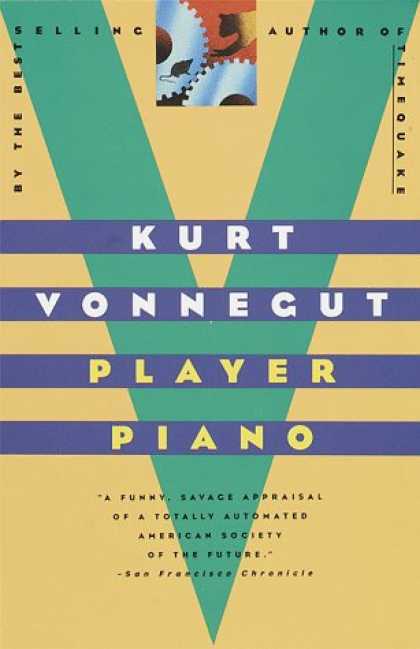Book 19 of 20 for the Dystopian ChallengeComparisons to "The Road" are inevitable, though I'm not entirely sure they're very illuminating.
"In the Country of Last Things" takes place in a post-apocalyptic city. There is a scant thread of government, but most people are without help or resources, food and supplies are scarce, and thievery and black markets prevail. It's a dangerous world, a lot like the one that the man and his boy set out to escape from in McCarthy's masterpiece.
But there are differences. The writing style here is a different kind of masterful. "Last Things" is written as a long journal entry or letter to an unnamed person, by the main character, Anna. She records how she maneuvered through the disasters, one horror after another.
It is bleak and dark. Almost too much for me.
At first, I couldn't read more than a few pages per day. I had to set it down, catch my breath and do something uplifting for a while, before I could go on.
That was true for the first 100 pages, which took me about a week to slog through. Since I love dark fiction, I think that's significant. The entire book is a slim 190 pages.
After the first hundred pages, I finished the rest in a single evening. It changed in character and I was hooked.
Initially, I wasn't certain how I felt about it, and I wondered why, since it bears so much similarity to "The Road," didn't I love it as much?
"The Road" was the only book I couldn't ever put down, even while driving (I tried to read while waiting at stoplights but they weren't long enough, and I eventually pulled over and finished the book on the side of the road). It was a good thing, ultimately: I couldn't have driven in the state that book left me in.
This one, though...I can't tell what the difference was. Maybe the first-person perspective put me too close to the brutality. Maybe there just wasn't as much hope.
From a dystopian perspective, this one definitely falls more towards the post-apoc genre, though the lawlessness and the new rules established in the wake of civilization's fall are a kind of government. It is full of panic and fear and unpredictability, which is a very different flavor of oppression.
Overall, I enjoyed it, it was very well-written (save for two or three scenes that felt tacked on and wholly unnecessary), and I would definitely recommend it to others who have a dystopian/post-apocalyptic bent. I doubt that anyone else would be able to endure it.



